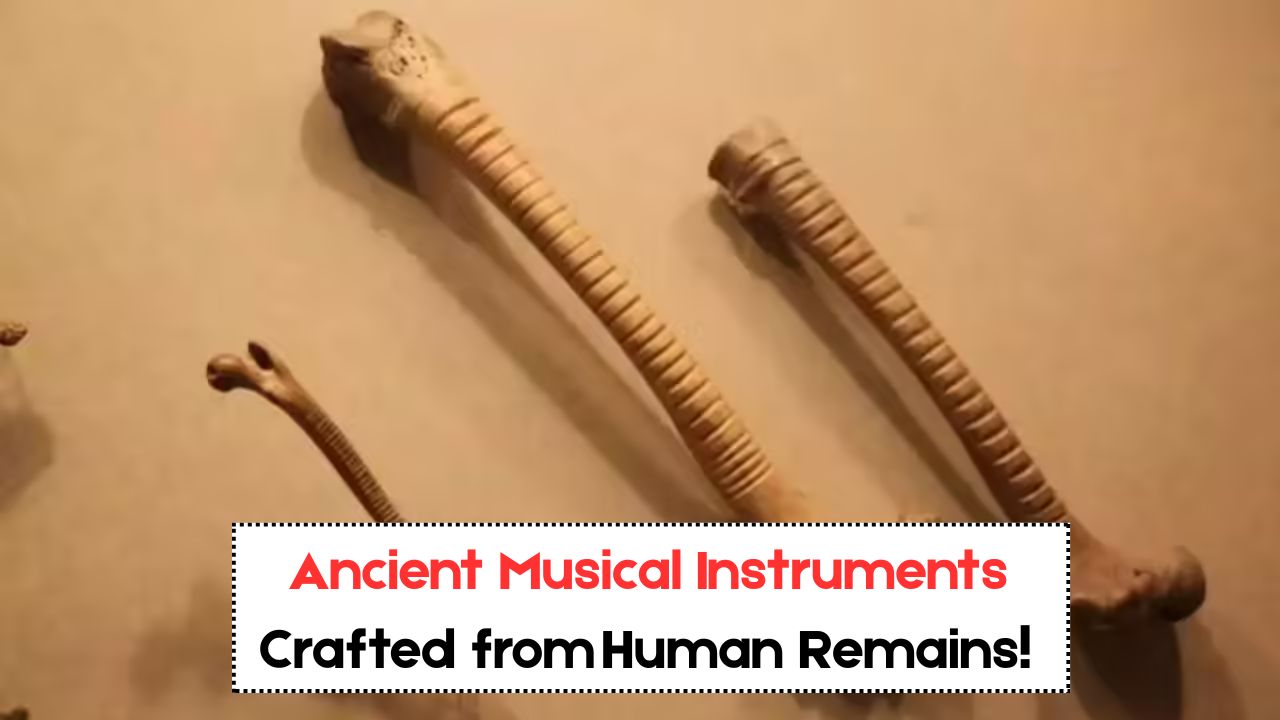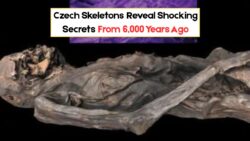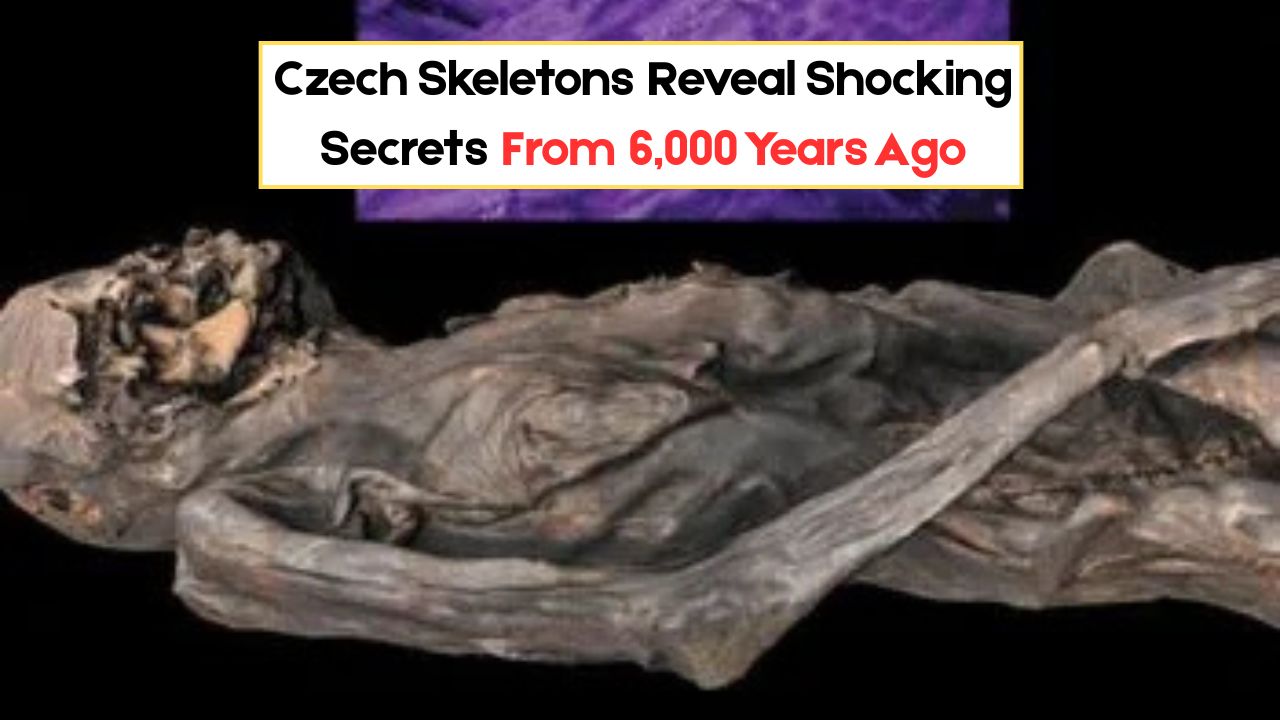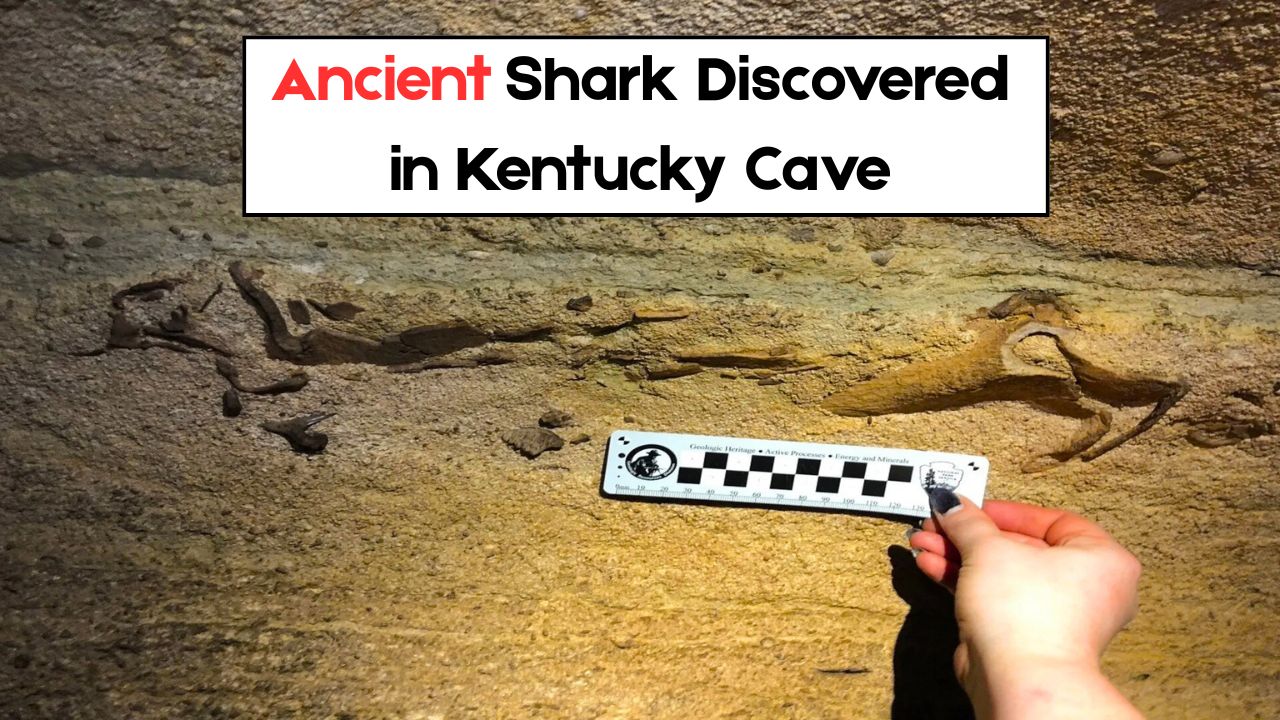800‑Year‑Old Human Bones – In an extraordinary archaeological revelation, researchers have uncovered an ancient cache of human bones that were ingeniously transformed into musical instruments, buried deep beneath the South Texas soil. Believed to be over 800 years old, these eerie yet fascinating artifacts are now rewriting the history books about Aztec-era rituals and spiritual practices. This discovery is not only chilling in its implications but also stunning in its historical value—showcasing the depth of Mesoamerican ceremonial life and the sacred role of music in communicating with the divine and the dead.
Discovery Location: South Texas with Aztec Traces?
Although the Aztec Empire primarily ruled over central Mexico, new findings suggest their cultural influence may have extended far beyond previously accepted boundaries. A team of archaeologists from the University of Texas, working in collaboration with Mexican anthropologists, stumbled upon an underground ceremonial chamber near the Rio Grande River basin.
Inside this chamber were skeletal remains that had been meticulously carved, hollowed, and crafted into flutes, whistles, and percussion tubes. What shocked the experts the most was that these instruments were all made from human bones—mainly femurs and humeri—and had precise carvings resembling Aztec iconography, including images of the feathered serpent Quetzalcoatl and Mictlantecuhtli, the god of the underworld.
Bone Flutes and Ritual Use
Upon analysis, many of these bone instruments emitted distinct sounds associated with ritualistic ceremonies—some sharp and haunting, others deep and resonant. The experts believe they were likely used in funerary practices, sacrificial rites, and other ceremonial offerings to the gods.
Researchers also discovered evidence that the bones likely belonged to willing ritual participants or captured enemies, aligning with known Aztec ceremonial customs.
Types of Instruments Found:
- Bone Flutes: Tuned to specific frequencies
- Whistles: Emitted high-pitched shrieks possibly used in war or sacrificial rites
- Percussion Tubes: Beaten with wood or stone mallets
- Dual-Chambered Pipes: Produced polyphonic tones used to mimic birds or spirits
Scientific Dating Confirms 800-Year Timeline
Carbon dating conducted by specialists at the National Institute of Anthropology and History (INAH) places the bone tools’ creation between 1220 and 1260 CE, aligning with the early post-classic Mesoamerican period, decades before the height of the Aztec Empire.
This discovery strengthens the idea that Aztec practices evolved from earlier cultures such as the Toltecs and Huastecs, possibly merging influences from tribes living as far north as present-day Texas.
The Sacred Connection: Music, Bones & Death
In Aztec mythology, music was considered a bridge to the divine, and instruments made from human remains were often thought to contain the soul or essence of the deceased. These instruments were likely played during sacred rituals to summon gods, honor ancestors, or guide souls through the afterlife.
One recovered instrument still had faint traces of red pigment, possibly symbolizing blood offerings or divine energy.
Global Significance of the Find
This finding has garnered global attention, not only for its archaeological rarity but also for its spiritual and artistic implications. Bone instruments have been found in parts of South America and Asia, but few have been as well-preserved, numerous, and richly decorated as those found in South Texas.
Leading British ethnomusicologist Dr. Eleanor Grieves stated:
“This discovery changes everything. It proves that the sacred use of music and the symbolic transformation of human remains was not limited to the central Mesoamerican empires but extended far into what is now the United States.”
Audio Reconstructions & Museum Exhibits Coming
Thanks to modern 3D modeling and audio simulation, researchers are reconstructing the sounds these bone instruments produced. A few select pieces will be digitally showcased later this year at the Smithsonian’s Museum of the American Indian, with a traveling exhibition planned for 2026.
The exhibit will feature:
- Replicas of the bone flutes
- Audio recreations of the sounds
- Interactive maps of ancient Aztec trade and ritual zones
- VR walkthroughs of ancient ceremonial spaces
Cultural and Ethical Questions Arise
However, the discovery also raises ethical concerns about displaying human remains and the cultural rights of Indigenous descendant communities. Discussions are ongoing regarding the proper way to honor the spiritual legacy of the individuals whose remains were transformed into instruments.
What This Means for History
This discovery redefines the cultural exchange networks of ancient Mesoamerican civilizations and blurs the lines between death, art, and the divine. It shows that even 800 years ago, music was more than entertainment—it was sacred, symbolic, and deeply tied to belief systems that transcended borders.
Quick Facts Table
| Detail | Information |
|---|---|
| Discovered In | South Texas (Rio Grande Basin) |
| Estimated Age | 800 years (c. 1220–1260 CE) |
| Number of Artifacts Found | Over 30 bone instruments |
| Main Materials | Human femurs, humeri, pigment carvings |
| Associated Culture | Aztec or proto-Aztec with Toltec influence |
| Usage | Rituals, funerals, sacrificial rites |
| Museum Display Planned | Smithsonian and traveling exhibit in 2026 |
FAQs
1. Were these instruments actually played by the Aztecs?
Yes, researchers believe the instruments were played during spiritual or sacrificial ceremonies by Aztec or proto-Aztec people.
2. Why were human bones used instead of wood or clay?
Human bones held sacred significance, especially in rituals meant to honor ancestors or gods of death and rebirth.
3. Is there any proof the Aztecs reached South Texas?
While the Aztecs didn’t settle in South Texas, trade and cultural influence from Aztec-related groups likely extended into the region.
4. Will the actual bone artifacts be displayed in museums?
Due to ethical concerns, most museums plan to display replicas rather than original bone artifacts out of respect.
5. Can we hear what the instruments sounded like?
Yes, researchers are using 3D modeling and audio simulation to recreate the original sounds, which will be part of a museum exhibition.







